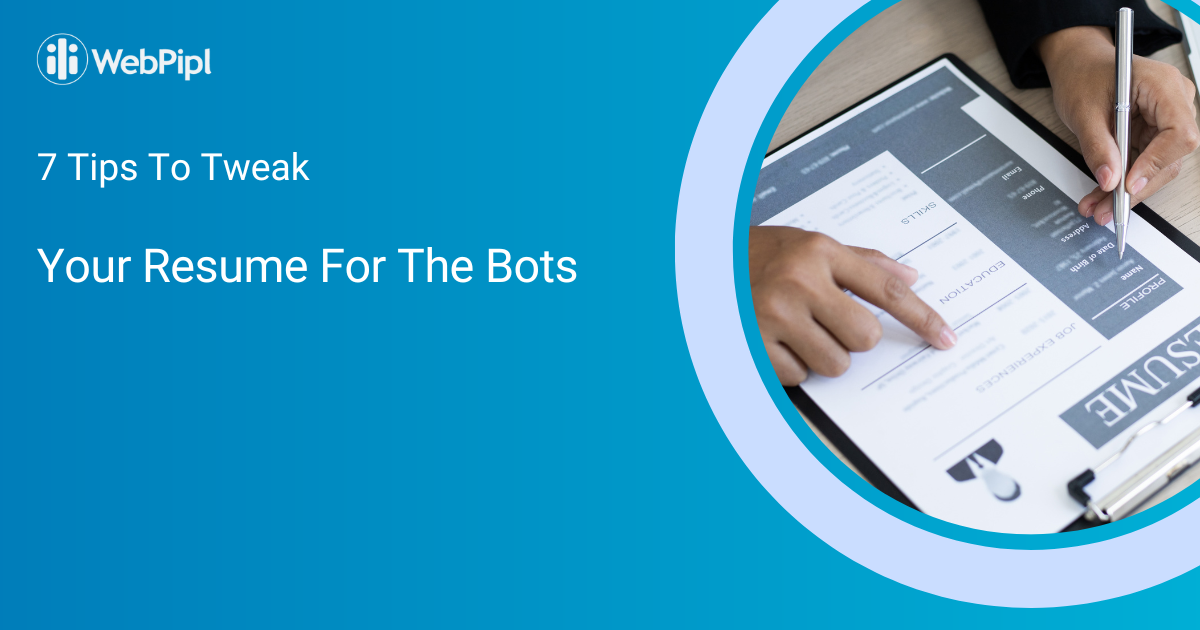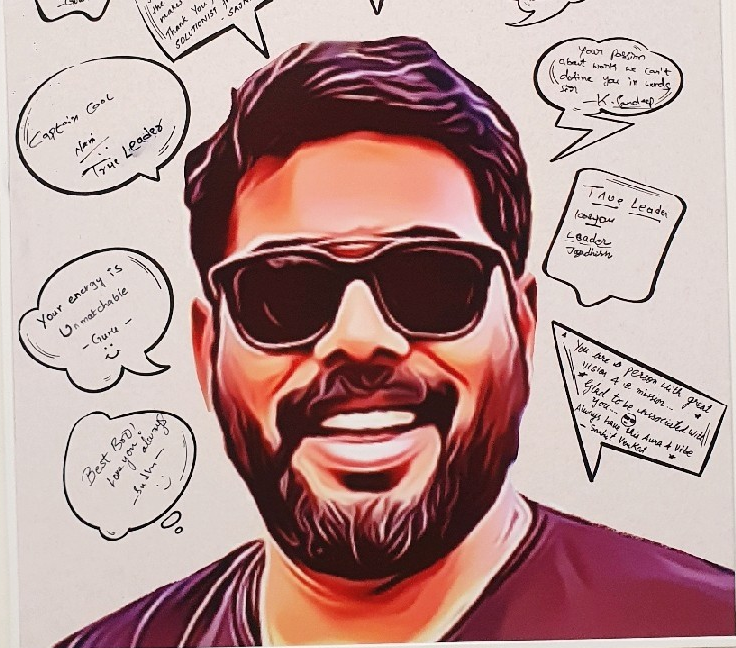
You’ve crafted a compelling resume and eager beaver on your next job search. That’s fantastic. But did you know that your resume might not even be read by a human recruiter in the first place?
 As more and more companies are using applicant tracking systems (ATS) to screen resumes, it is important to optimize your resume to make your resumes get through these automated systems. ATS software is designed to scan resumes for keywords and other criteria relevant to the job being applied for. This can help companies efficiently sort through large numbers of applications which is humanly impractical.
As more and more companies are using applicant tracking systems (ATS) to screen resumes, it is important to optimize your resume to make your resumes get through these automated systems. ATS software is designed to scan resumes for keywords and other criteria relevant to the job being applied for. This can help companies efficiently sort through large numbers of applications which is humanly impractical.
In today’s job market, many companies use applicant tracking systems (ATS) to screen and evaluate resumes. These systems, which are often referred to as “resume bots,” use algorithms and software to automatically scan and evaluate resumes based on certain criteria.
As a result, it is important to make sure that your resume is optimized for the bots, in order to increase your chances of being selected for an interview. Here are some tips for tweaking your resume for the bots:
1. Use relevant keywords:
One of the most important things you can do to optimize your resume for ATS is to use relevant keywords. These are words and phrases that are commonly associated with the job you are applying for, and that the ATS software will be looking for. You can essentially take these keywords straight from the job description itself. (How cool is that hack?)
Some examples of relevant keywords for a customer service job might include “customer service,” “communication skills,” “python”, “web development”, “problem-solving.” etc. Resume bots often use keywords and phrases to identify relevant skills and experience. So, it is essential to include relevant keywords and phrases in your resume, such as job titles, skills, and industry-specific terminology.
2. Keep your resume simple and straightforward:
ATS software is NOT capable of interpreting complex formatting or design elements, so it is important to keep your resume simple and straightforward.
Use a clean, easy-to-read font, and avoid using images, graphics, or other non-text elements. Resume bots are designed to scan resumes quickly for text, so it is important that you use a clean and easy-to-read format. Avoid using fancy fonts or formatting, and stick to a simple, professional-looking layout.
3. Use a clear, hierarchical structure:
ATS software is designed to scan resumes in a specific order, looking for specific information in specific places. To ensure that your resume is easy for the ATS to read, use a clear, hierarchical structure, with section headers and bullet points to organize your information.
As we said, many companies use ATS software, so it’s important to optimize your resume to ensure that it is easy for the ATS to read and understand in a clear hierarchical structure.
4. Avoid using tables or columns:
While tables and columns can be useful for organizing information on a resume, they can be difficult for ATS software to interpret. Instead, use bullet points or other simple formatting options to present your information in a clear and concise manner.
Use headings and bullet points. Resume bots are not able to read long blocks of text, so it is important to use headings and bullet points to organize your information. This will make it easier for the bot to scan and evaluate your resume.
5. Include relevant contact information:
It is important to include all relevant contact information on your resume, including your name, address, phone number, and email address. This will help ensure that the ATS software can easily identify and store your contact information for future reference.
In addition to these basic contact details, you may also want to consider including any relevant social media profiles or personal websites that you have. This can help provide a more complete picture of your professional profile and give hiring managers a way to learn more about you and your work.
6. Avoid using abbreviations or acronyms:
ATS software is not always able to interpret abbreviations or acronyms, so it is best to avoid using them on your resume. Instead, spell out any terms or phrases that you think the ATS software may not be able to understand.
This will help ensure that the ATS can accurately interpret and understand your resume, increasing the chances that it will be passed on to a hiring manager for further review.
7. Save your resume as a plain text or PDF file:
Finally, when saving your resume, it is important to use a plain text or PDF file format. These formats are the most compatible with ATS software, and will ensure that your resume is easy for the ATS to read and process.
This will help ensure that your resume is properly read by the ATS and that all of the information on your resume is accurately captured and stored. This is important because the ATS is the first point of contact for your resume and is responsible for organizing and storing your information for future reference.
By following these 7 tips, you can tweak your resume for the bots. It helps to make your resume get through the ATS and improve your chances of being considered for the job you are applying for.
It is also important to note that, while optimising your resume for the ATS can be beneficial, it is not a guarantee that your resume will be chosen.
It is still necessary to create a strong and compelling resume that highlights your skills and experiences, as well as to tailor it to the specific job you are applying for.
Following all these 7 tips can help increase the chances of your resume getting shortlisted by the applicant tracking system. May be only after crossing all these mileposts, a real human recruiter might be waiting there to have a glimpse of your resume.

Raju Thammala is the founder of WebPipl, an AI-based recruitment company revolutionizing the tech hiring process with products like video interviews, ATS software, etc.
As CEO and founder, Raju Thammala is passionate about leveraging technology to deliver next-gen recruiting services. In his free time, Raju enjoys reading and exploring new cuisines or jet-setting to exotic destinations.
